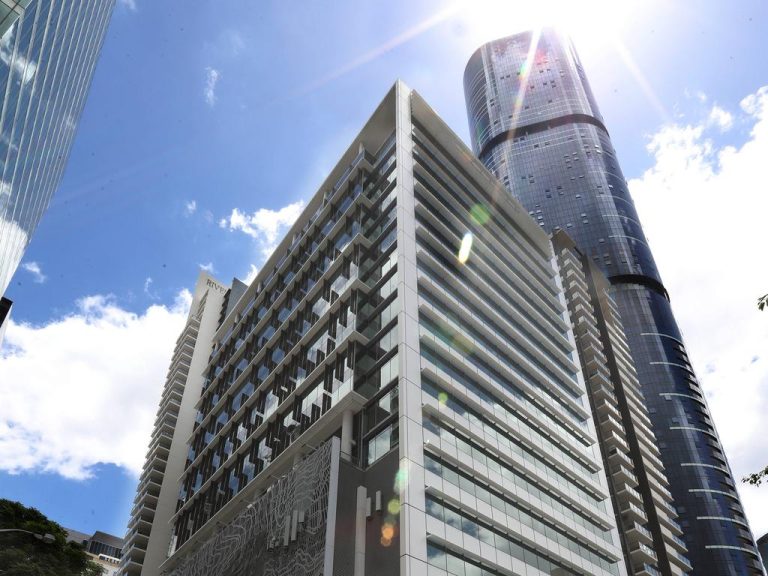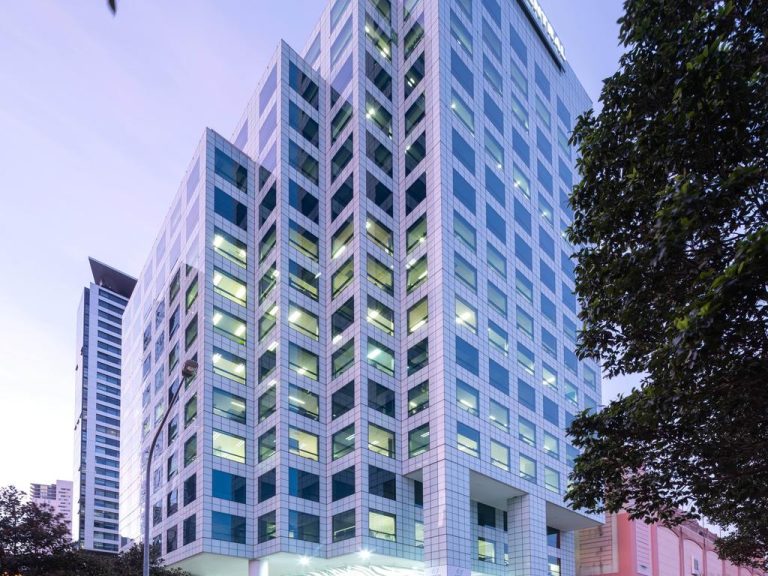Indian investors bolster regional hotel market
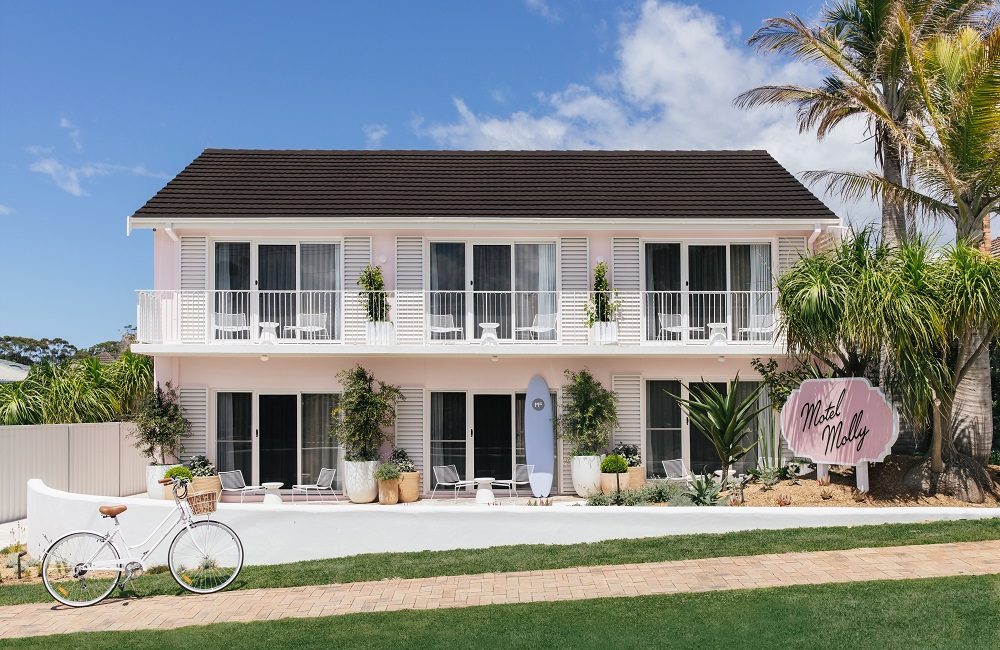
Indian property buyers are checking into country hotels and motels, bucking a broader slowdown to overtake domestic and Chinese investors in Australia’s regional accommodation sector.
Insights from HTL Property have revealed a significant shift among regional accommodation buyers, with Indian capital flowing into the sector.
Prior to the pandemic, domestic and Chinese buyers were the most common players in regional accommodation deals, but HTL Property director Nic Simarro told realcommercial.com.au Indian buyers now account for higher-than-average enquiry levels, with several recent hotel and motel acquisitions seen in the regional hubs of Tamworth, Bathurst and Dubbo.
“The buyer pool for regional accommodation has slowed down,” Mr Simarro said.
“Core assets in the major regional centres like Tamworth and Port Macquarie are seeing an influx of purchasers, but it’s more challenging to find purchasers when looking at smaller markets as these properties are best suited to owner-operator groups rather than larger funds.
“There’s still active purchasers in the smaller markets but the typical purchasers that people would have seen over the past couple of years have been replaced by new entrants.
“I’m seeing a lot of Indian buyers with capital to deploy, and it’s beginning to outweigh the Chinese and domestic capital in the regional markets.
“As wealth in the Indian region grows, we expect this to continue to increase.”
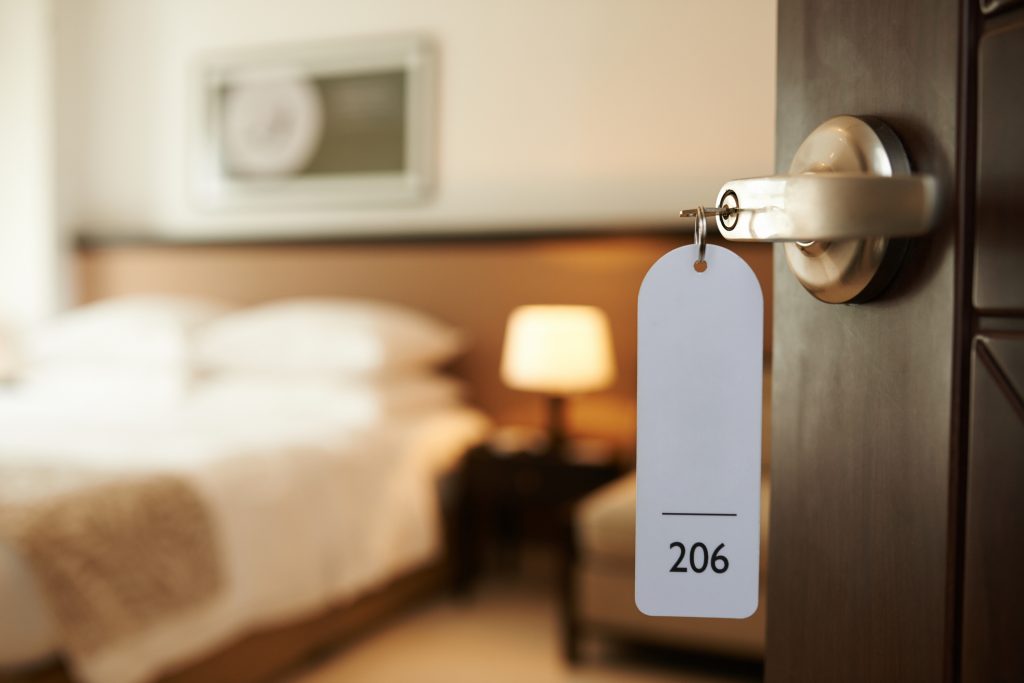
Australian hotel and accommodation deals fell 12% to about $3.3 billion in 2023. Picture: Getty
Almost half of the enquiries on the recently sold McNevins Tamworth Motel in Tamworth were from Indian capital.
Indian buyers also made up more than a quarter of enquiries for the Havannah Accommodation property in Bathurst and the Quality Resort Siesta hotel in Albury.
However, enquiry levels from Chinese investors were below 10% for each of those listings.
Mr Simarro said Indian investors were often looking at businesses where they could manage and operate their profit lines such as accommodation and convenience retail.
Commercial properties offering high yields and value-add opportunities were also on the list, he said.
India has been a small overseas capital source for Australia’s commercial property market, which has been dominated by Hong Kong, Singapore, China, Japan and the US, among others.
Mr Simarro is expecting strong interest for his latest listing, Motel Molly in Mollymook on the South Coast of NSW.
He said the Richard Stanisich-designed property, located near the Mollymook Beach, was expected to attract a wide range of investors from seasoned funds to new entrants.
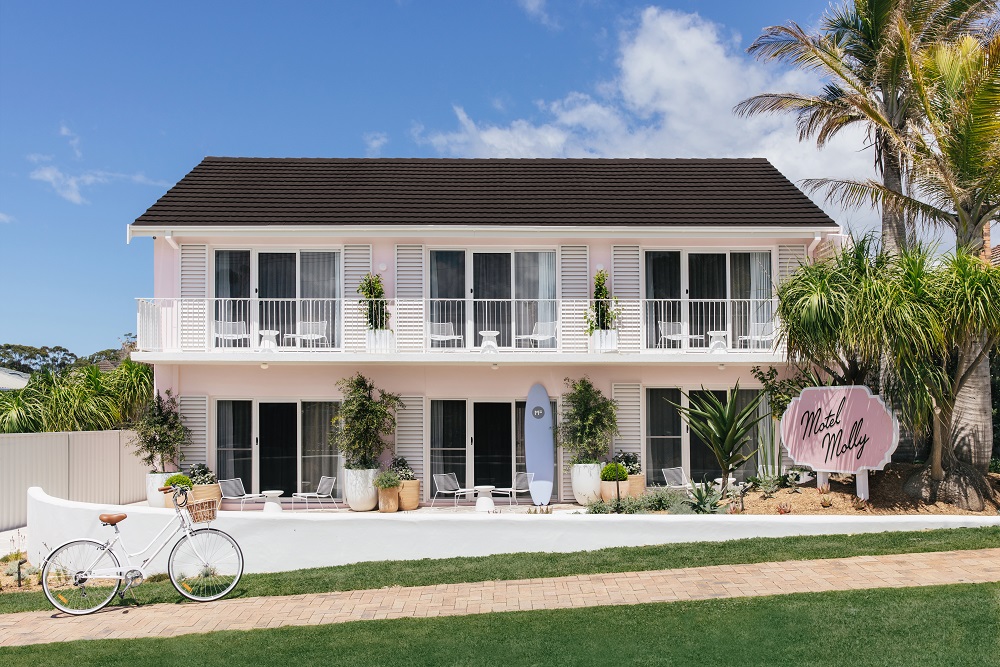
HTL Property director Nic Simarro is expecting strong interest in his upcoming listing, Motel Molly in Mollymook on the South Coast of NSW. Picture: Supplied
The 1980s-built former-Surfbeach Motel was transformed into high-end coastal accommodation in 2022.
It comes as Australia’s tourism market continues to recover from the pandemic, according to the latest figures from Tourism Research Australia.
Domestic tourism saw total spend increase 24% to $108.7 billion during the year to September 2023, with nights away and overnight trips up 10% and 7%, respectively.
International visitors spent $39.7 billion during the same period, reflecting 88% on pre-pandemic levels.
More broadly, Australian hotel and accommodation deals fell 12% to about $3.3 billion in 2023, according to MSCI.
Ben Martin-Henry, head of real assets research, Pacific at MSCI, said the fall in hotel deals had contributed to yield compression throughout the year and culminated in a 6.7% yield at year-end.
“After being shuttered for much of 2020 and 2021, hotels have seen a resurgence in room nights, leading to increased investor appetite,” he said.
PropTrack senior economist Anne Flaherty said enquiries to buy hotels on realcommercial.com.au held steady at a national level over the past 12 months, however performance was mixed by state.
“More investors are targeting Queensland and South Australia than a year ago, while demand has softened in Western Australia and Victoria,” Ms Flaherty said.


